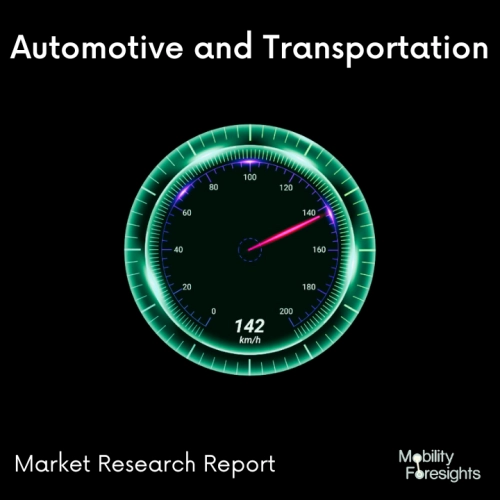
- Get in Touch with Us

Last Updated: Apr 25, 2025 | Study Period: 2023-2030
Internal combustion engine emission control systems must have an electrically heated catalyst (EHC). By swiftly increasing the temperature of the catalyst substrate to its ideal working range, it is intended to hasten the activation of catalytic processes.
The EHC quickly raises the necessary temperature using an electric heating element built within the catalyst, enabling effective pollutant conversion even during cold engine starts.
High-resistance materials like platinum or nickel-chromium alloys are frequently used to make the electric heating element in EHCs. The heating element produces heat when electrical current is introduced, quickly warming the catalyst substrate.
This makes sure the catalytic converter heats up fast to its ideal working temperature, enabling it to efficiently transform dangerous exhaust gasses into less dangerous chemicals.
The capacity of an electrically heated catalyst to cut emissions during the crucial cold start period, when conventional catalysts might not be completely active, is its main advantage.
It reduces the amount of time needed for the emission control system to attain its best efficiency by heating the catalyst quickly. Pollutant emissions such as those of carbon monoxide (CO), nitrogen oxides (NOx), and hydrocarbons (HC) are reduced as a consequence.
In automotive applications, electrically heated catalysts are often employed, particularly in cars with hybrid powertrains or start-stop systems. These catalysts provide efficient emission control even in difficult operating situations, assisting in meeting strict emission regulations.
Additionally, because the engine may switch to a fuel-saving mode more rapidly after starting up, they help to enhance fuel economy.

The Global Electrically Heated Catalyst Market accounted for $XX Billion in 2022 and is anticipated to reach $XX Billion by 2030, registering a CAGR of XX% from 2023 to 2030.
Emicat EHC for gasoline-powered automobiles was introduced by Faurecia. Most cars may readily accommodate the Emicat, a compact, lightweight gadget. It is claimed to cut emissions during cold starts by up to 85%.
The EcoCat EHC from Bosch was introduced for diesel automobiles. Despite being bigger and more potent than the Emicat, the EcoCat is considered to be more successful in lowering emissions. During cold starts, it is intended to cut emissions by up to 95%.
The EHC for hybrid and electric cars was introduced by Continental. A compact, lightweight component called the Continental EHC may be included into the battery pack of the car. It is claimed to cut emissions by up to 20% while increasing fuel efficiency by up to 5%.